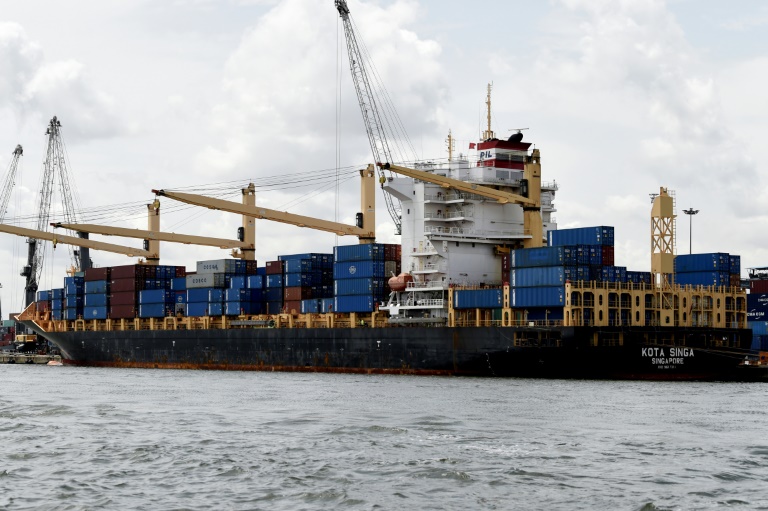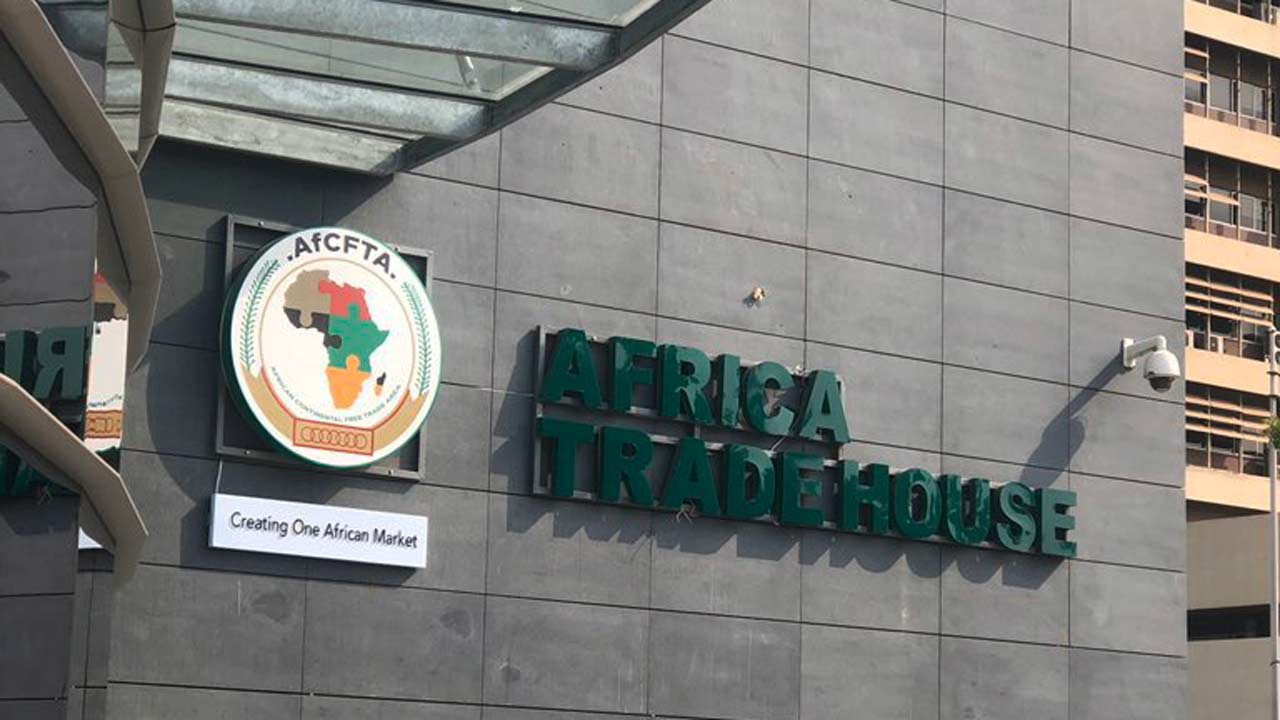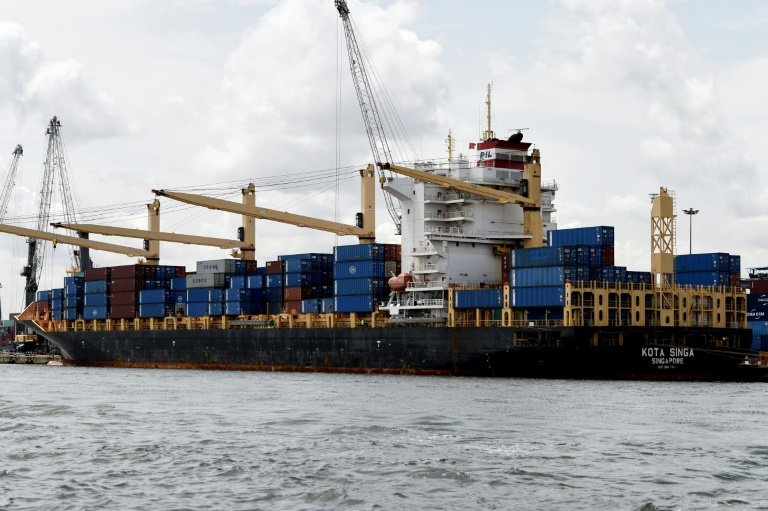
Africa’s internal trade under the African Continental Free Trade Area (AfCFTA) remains one of the continent’s most underdeveloped economic engines, accounting for a fraction of total commerce when compared with other regions. Yet a handful of countries are driving the shift toward greater regional integration by exporting more goods to neighbouring markets.
- The African Continental Free Trade Area (AfCFTA) aims to bolster internal trade and reduce reliance on external markets.
- Countries including South Africa, Egypt, Nigeria, and DR Congo are leading contributions to intra-African trade, underscoring disparities in production capacities.
- The expiration of the African Growth and Opportunity Act (AGOA) has emphasized the necessity for Africa to develop self-reliant trade policies.
- Africa’s intra-regional trade remains underdeveloped, accounting for only 14% of the continent’s total trade compared to other regions.
Africa’s trade system is entering a decisive phase as the continent adjusts to the loss of longstanding preferential access to the United States market, with the African Continental Free Trade Area (AfCFTA) emerging as a key framework to boost intra-African commerce and reduce reliance on external partners.
For years, export growth was powered by the African Growth and Opportunity Act (AGOA), which offered duty-free entry for garments, agricultural produce and automotive parts into the U.S. This helped scale industries in several countries but also entrenched dependence on policies determined outside Africa.
Now, with the U.S. adopting more protectionist tariffs and AGOA’s benefits disappearing, exporters are facing higher costs and squeezed competitiveness.
According to Semafor, Wamkele Mene, Secretary-General of the African Continental Free Trade Area (AfCFTA) Secretariat, argued that Washington’s “disregard for trade rules” and the expiration of the AGOA preferential trade agreement with the U.S. underscore the urgent need for Africa to “build a domestic market” by strengthening supply chains and boosting transport logistics to drive intra-continental trade.

The African Continental Free Trade Area presents a pathway to shift production and demand inward, but progress begins with understanding the current structure of intra-African trade.
Intra-African trade represented just about 14 percent of the continent’s total trade in 2024, compared to roughly 60 percent in Asia and Europe. Weak regional value chains continue to limit economic spillovers and continental industrial growth.
To thrive in a post-AGOA landscape, Africa must consolidate internal trade power and turn regional demand into its primary engine of economic expansion.
Intra-African export data exposes a deep structural imbalance
New data from Tralac and AGOA.info and presented by Semafor highlights South Africa’s overwhelming lead, contributing more than a quarter – about 28% of all intra-African exports. That share almost equals the combined contribution of every country outside the top ten exporters, highlighting its unmatched industrial capacity.
Egypt follows with 7 percent, while Nigeria and DR Congo each hold 6 percent. Côte d’Ivoire, Djibouti, Ghana, Morocco, Namibia and Zambia make up smaller but notable contributors.
Together, these top performers are shaping supply chains, boosting industrialisation, and pushing forward the ambitions of the African Continental Free Trade Area (AfCFTA).
All remaining African economies together make up just 32 percent of internal exports. This demonstrates that while a few nations have strong manufacturing and logistics networks, many others continue to depend heavily on external suppliers for even basic goods.

The imbalance shown in the intra-Africa export table is a clear warning about the fragility of the continent’s current trade system.
Trade and development experts have continually urged African governments to accelerate implementation of the African Continental Free Trade Area (AfCFTA) to unlock stronger intra-African commerce and regional growth.
At an AfCFTA workshop in Lusaka, UN Economic Commission for Africa officials stressed that progress must translate into real benefits.
“Accelerated implementation is not just about speed, it is about depth, inclusivity, and sustainability,” said ECA Southern Africa Director Eunice Kamwendo, while Andrew Mold noted that intra-regional exports already account for about 30 percent in Eastern and Southern Africa, offering “a strong foundation to build upon.”
If Africa is to withstand global market shifts and rising tariffs from major powers, intra-African trade must become the backbone of its economic growth.












